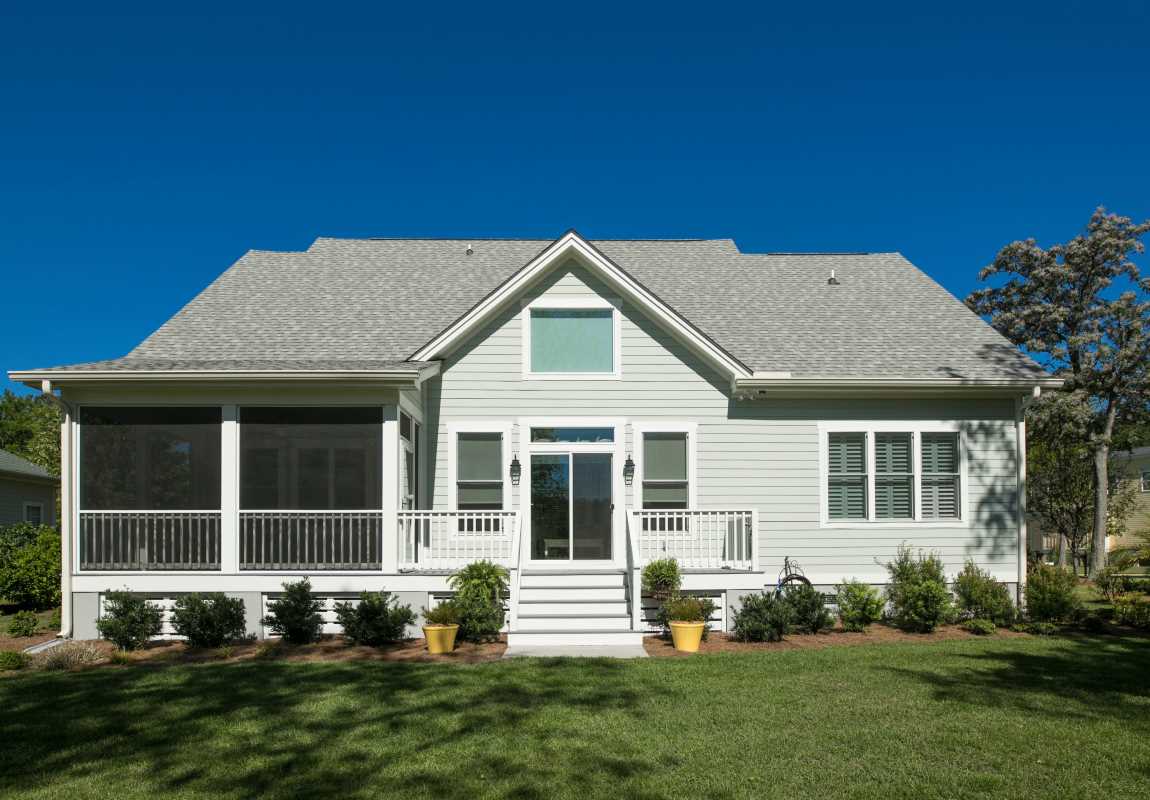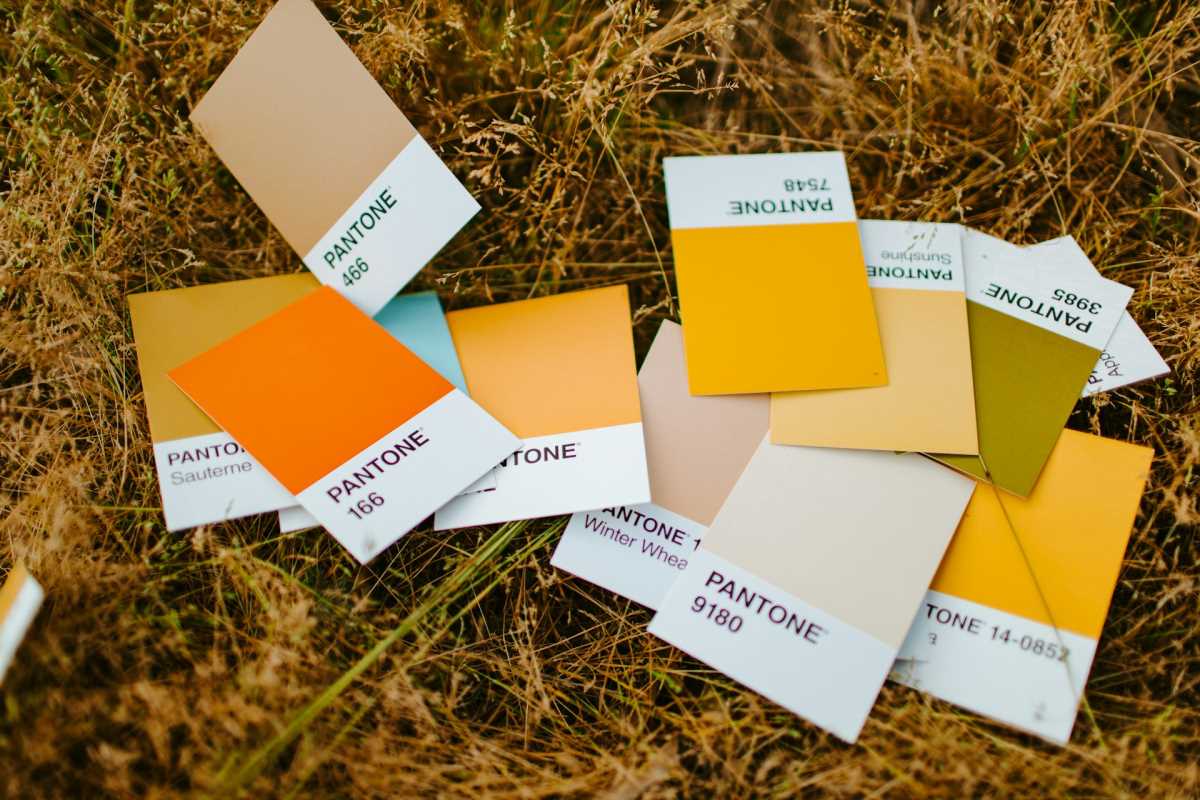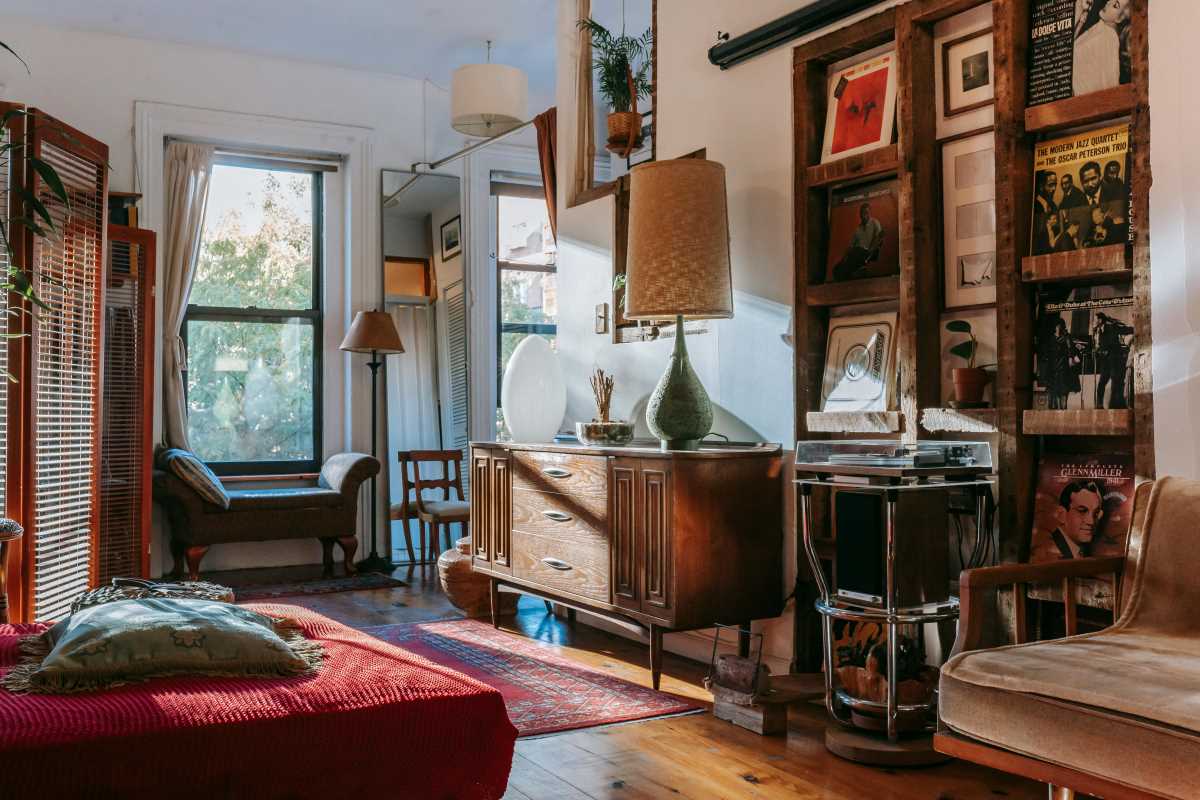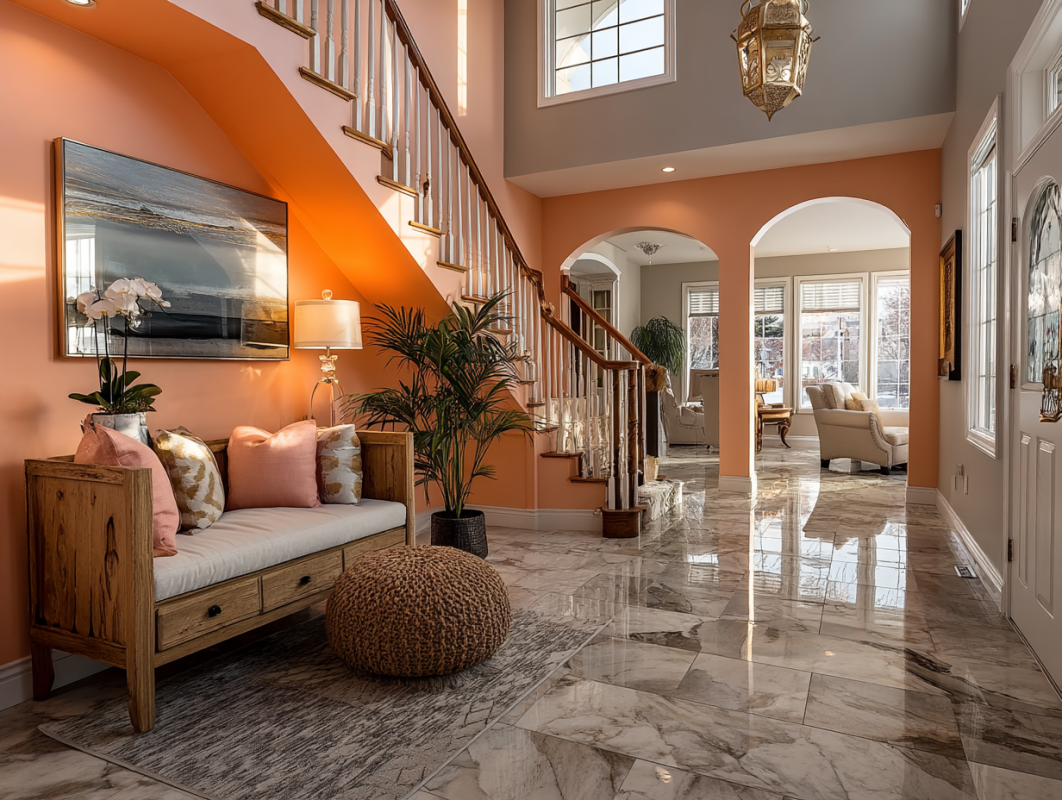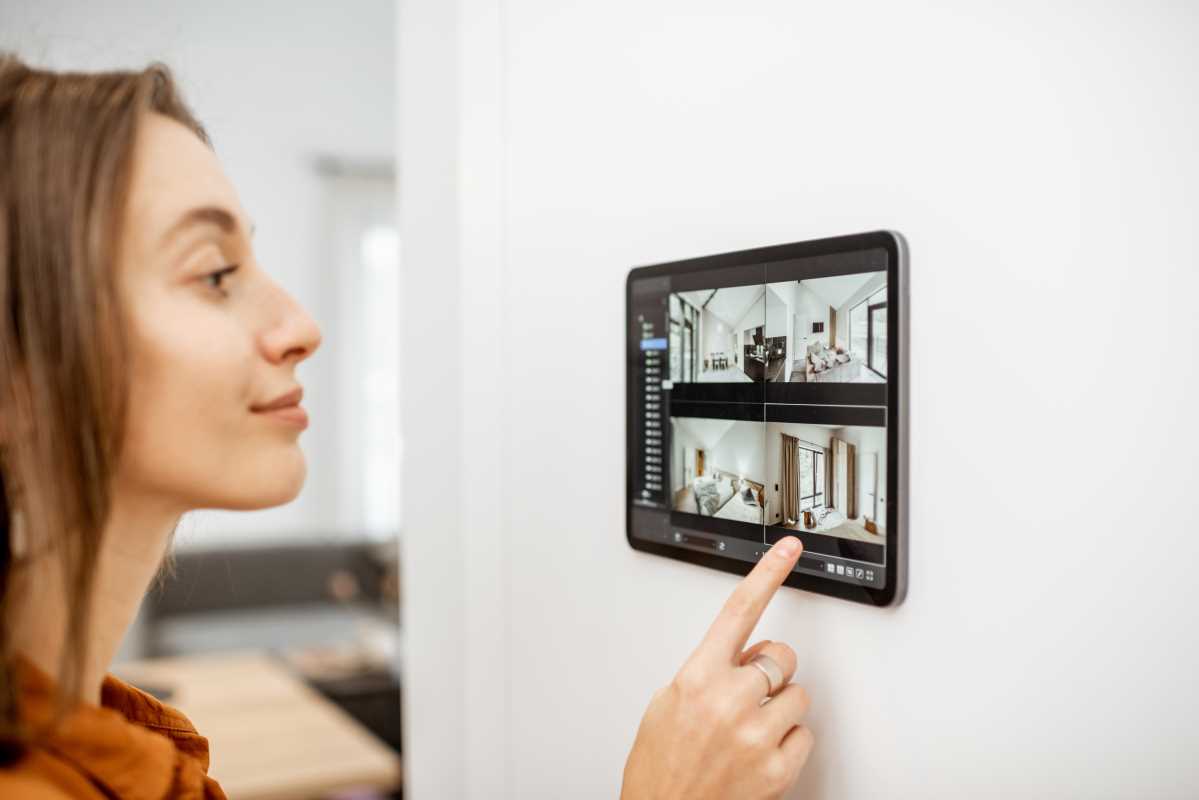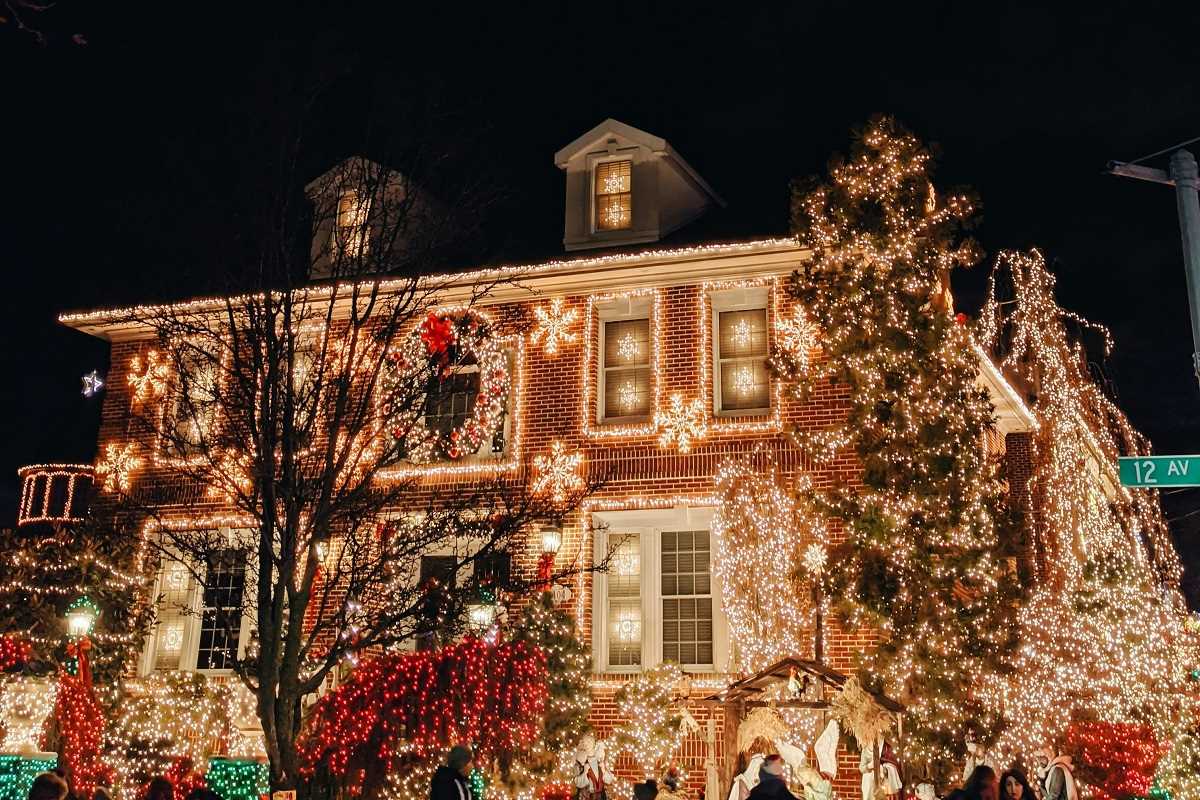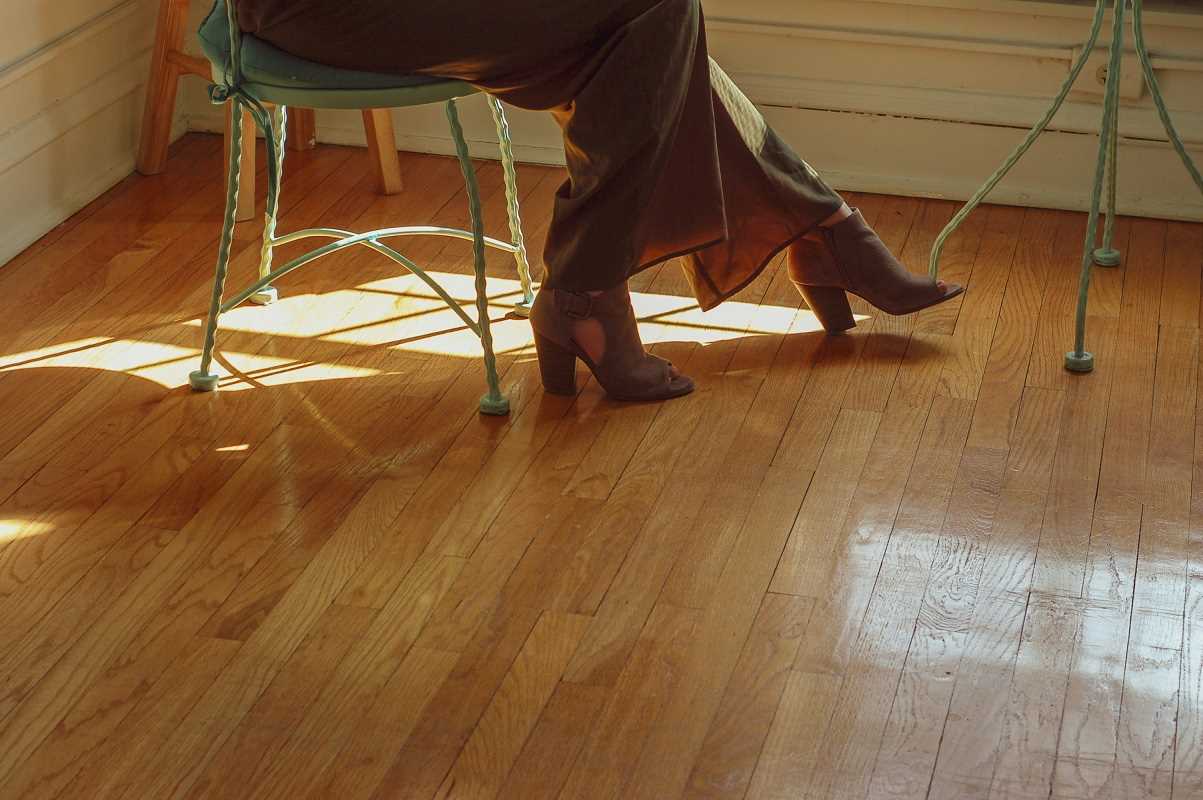Sustainability is not just a buzzword; it’s a movement that has transformed industries, lifestyles, and even the real estate market. Homebuyers today are increasingly prioritizing eco-friendly living, recognizing not only the environmental benefits of sustainable choices but also how these features can reduce costs and enhance quality of life. If you're a homeowner looking to increase the value of your property while also contributing to a healthier planet, you might want to consider a few environmentally conscious upgrades. Beyond matching buyers’ values, eco-friendly upgrades can also lead to significant savings over time, giving both current and future homeowners a substantial return on investment.
Energy-Efficient Windows and Insulation
One of the simplest ways to boost your home’s value is by improving its energy efficiency through better insulation and high-quality windows. Poor insulation results in energy loss, which not only increases utility bills but also puts a strain on heating and cooling systems. By upgrading insulation in key areas such as the attic, walls, and floors, homeowners can create a more energy-efficient environment.
Similarly, energy-efficient windows, such as double or triple-pane options with low-emissivity (Low-E) coatings, prevent heat transfer and keep the home’s interior comfortable in all seasons. These window types also block harmful UV rays, protecting furniture and reducing cooling costs in warmer months. This eco-friendly improvement is highly sought after and noted to have high recoup rates when it’s time to sell the property.
Solar Panels and Renewable Energy
Renewable energy systems like solar panels have become a feature many prospective homeowners look for, not only because of their ability to cut down electricity bills but also due to their alignment with sustainable values. Installing rooftop solar panels used to be a niche practice, but advancements in technology and financial incentives have made it increasingly accessible.
Thanks to tax credits, state rebates, and low-interest financing options, the upfront costs of solar installations have become more manageable, making this upgrade an obvious win-win. Homes equipped with solar energy systems typically sell faster and for higher prices compared to comparable properties without this feature. To take it a step further, consider adding batteries to store excess energy for use during periods of low sunlight, providing even more independence from traditional power grids.
Smart, Sustainable Landscaping
Eco-friendly exterior improvements hold as much weight as interior upgrades when it comes to enhancing a property’s value. Sustainable landscaping serves as an excellent example, combining aesthetics with functionality to create outdoor spaces that are not only beautiful but also environmentally responsible.
Native plants—those that naturally thrive in your region—require less water, fertilizer, and maintenance than exotic or non-native varieties. Additionally, xeriscaping, which emphasizes drought-resistant plants and dramatic reductions in water use, can cut costs while still being visually captivating. Proper grading and rainwater collection systems also enhance sustainability by reducing water runoff and erosion.
Certain features, such as permeable paving materials, go a step further in ensuring land and water conservation. When coupled with thoughtful elements like shaded areas using trees or retractable awnings, the outdoor space becomes a haven for enjoying nature’s beauty while minimizing ecological impact.
Low-Flow Plumbing Fixtures
Upgrading your home’s water efficiency is another practical way to boost its value while conserving resources. Low-flow faucets, showerheads, and toilets reduce water consumption significantly without sacrificing performance. With these installations, you can save thousands of gallons of water every year—an attractive feature in areas prone to drought or stringent water usage regulations.
Tankless water heaters are another excellent upgrade to consider. These systems heat water on demand instead of continuously keeping a reservoir of water hot. Not only do they save energy, but they also last longer than traditional water heaters and take up less space. Such fixtures make homes more appealing to eco-conscious buyers while lowering utility costs for the current owner.
Sustainable Building Materials
When undertaking major renovations, the materials you choose can make a considerable difference in both environmental impact and perceived value. Sustainable building materials such as reclaimed wood, bamboo, and recycled steel offer eco-friendly alternatives to traditional options. Not only do they reduce the need for new resource extraction, but they also lend a unique aesthetic quality to your home.
Likewise, concrete alternatives such as hempcrete or rammed earth can modernize your home’s structure while ensuring thermal efficiency and longevity. These materials tend to be naturally insulating, which helps improve energy consumption rates. Many buyers are drawn to homes that integrate environmentally responsible materials into their design, which often serves as a conversation starter and adds a layer of authenticity to the property.
Smart Home Technology for Sustainability
Integrating smart home technology with eco-friendly features is another means of maximizing value. Devices like smart thermostats learn and adapt to users’ preferences while optimizing energy consumption. Other features, such as lighting systems controlled by mobile apps or sensors that turn off lights automatically when you leave a room, dramatically reduce energy waste.
There are also smart irrigation systems that monitor soil moisture levels and water plants only when needed. These devices ensure that your sustainable landscaping efforts are backed by precision, yielding both impactful cost savings and convenience for the end user. Buyers are often willing to pay a premium for homes that incorporate smart, eco-conscious technologies that provide long-term savings.
Energy-Efficient Heating and Cooling Systems
Heating and cooling systems are the biggest consumers of energy in most homes. It makes sense, then, that upgrading to energy-efficient systems such as Energy Star-certified HVAC systems can make a home stand out in the competitive housing market. These systems are designed to use less energy while maintaining optimal performance, resulting in significant cost savings for homeowners.
For even greater impact, consider adding renewable heating options like geothermal systems or ductless heat pumps. Though these options often represent a higher upfront investment, they’re an increasingly popular choice for future-forward buyers seeking sustainable and long-term solutions.
Passive Home Design Enhancements
Another approach to increasing your home’s energy efficiency is through passive design enhancements. The aim here is to use the architectural layout, natural light, and airflow to regulate the temperature and make the home more comfortable year-round. Simple changes like installing expansive south-facing windows (in the Northern Hemisphere) or using lighter-colored roofs and exterior paints can have a big impact on energy consumption.
Similarly, using materials that help retain thermal energy can reduce heating and cooling loads. Insulated concrete forms and sustainable cladding materials offer improved durability and energy efficiency while maintaining aesthetic appeal. While such changes are subtle, they demonstrate forethought and attention to detail, which resonates with prospective buyers.
Recycling and Composting Systems
Eco-conscious buyers are likely to value features that make sustainable living more convenient. Integrated composting systems, such as custom-designed bins that roll out below countertops, simplify the process of diverting food waste from landfills. Similarly, dedicated recycling stations in kitchens or garages encourage responsible disposal habits and ensure better organization.
For outdoor composting, creating a place for a compost tumbler or building a compost area as part of the backyard design can further attract green-minded buyers. Not only do these systems bolster eco-credentials, but they also contribute to more nutrient-rich soil for gardening enthusiasts.
The Role of Certifications
When it comes to conveying the value of eco-friendly upgrades, certifications can play a significant role. Green building certifications like LEED (Leadership in Energy and Environmental Design) or Energy Star ratings demonstrate to prospective buyers that your home meets certain sustainable standards. While not every improvement requires certification, those that do lend credibility and visibility to your home’s sustainability efforts.
Similarly, energy audits can provide valuable data that identifies how energy-efficient your home truly is and highlight areas for improvement. This transparency resonates with buyers, offering proof of the added value the upgrades bring.
A Growing Demand for Sustainable Living
The growing importance of sustainability in the housing market cannot be overstated. Eco-friendly features are no longer seen as niche or optional; they’ve evolved into standard expectations for many buyers. By implementing sustainable upgrades, homeowners can position their properties as forward-thinking and desirable for environmentally conscious buyers.
With energy conservation, improved comfort, and greater longevity all rolled into these upgrades, the value they offer to a homeowner goes much deeper than resale price. They’re an investment not just in your financial future but also in the planet—a sentiment that resonates strongly in today’s real estate landscape.
For homeowners and buyers alike, the move toward eco-friendly living is essential. These upgrades, which enhance the environment as well as the market value of your property, bridge the gap between sustainability and financial sensibility, creating homes that are truly worth inhabiting.
